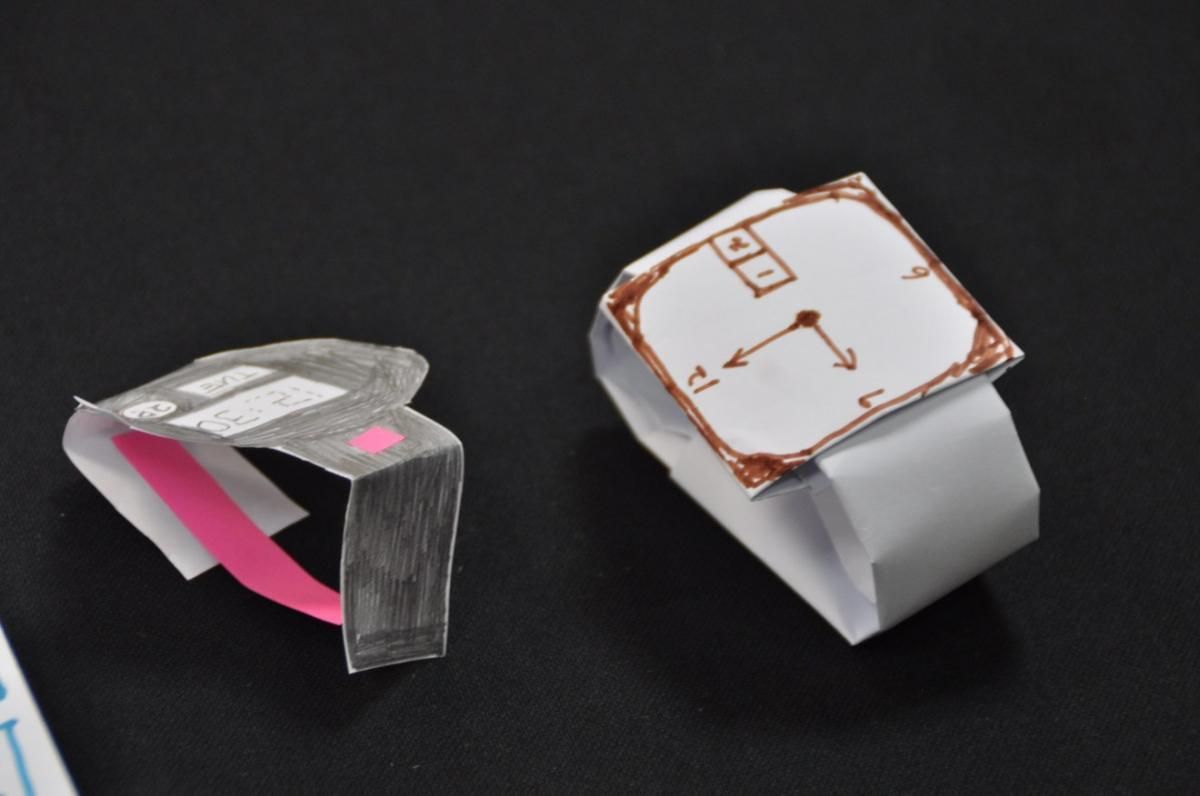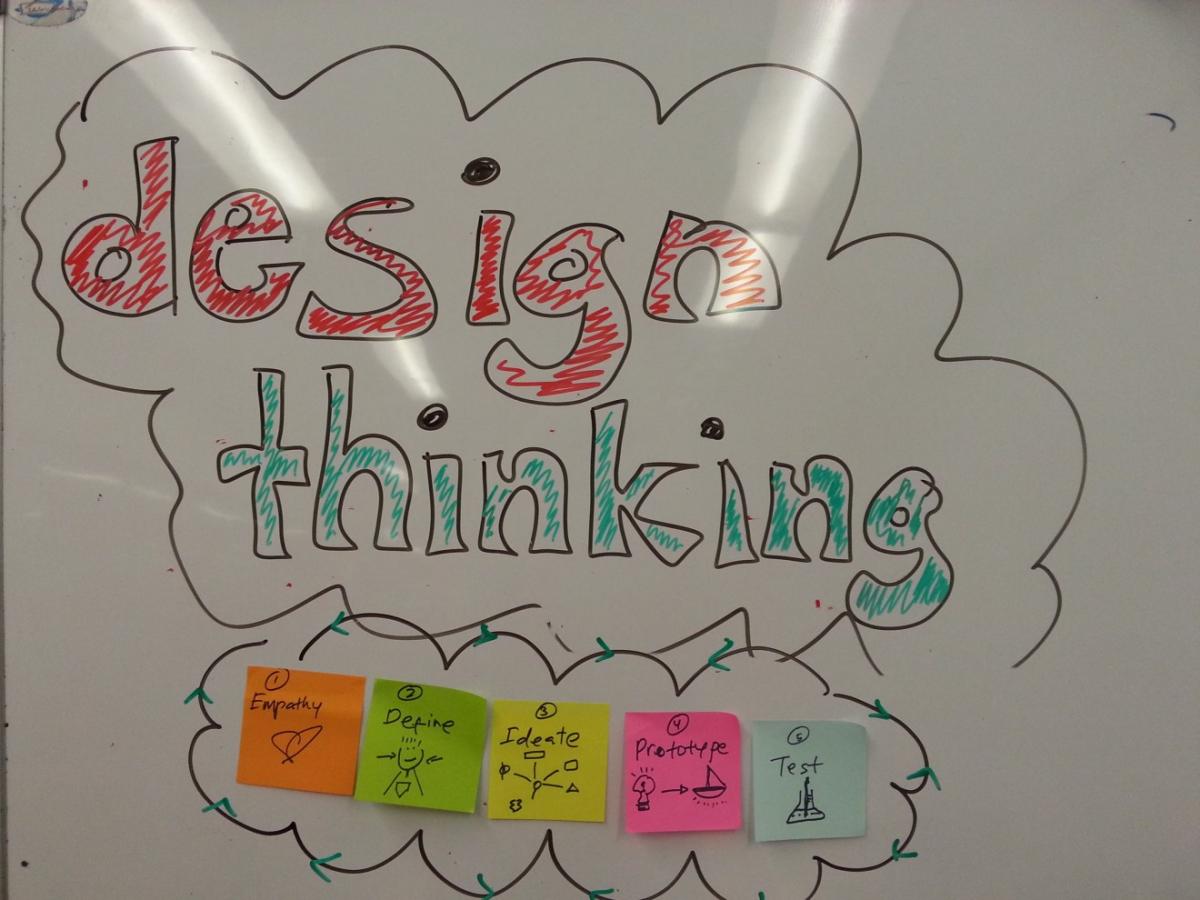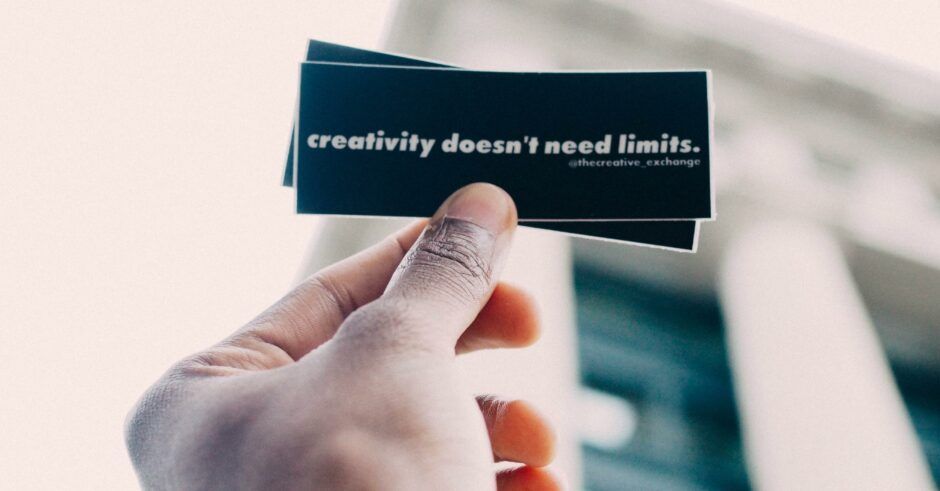Innovation is a tricky business. It is tricky because you are NOT going to get it right the first time. Yes, it upsets a lot of people in the quality and production departments. It boils the blood of the financial controllers and accountants. Innovation also going to frustrate your marketing department because of the changing consumers mind. Typical change management framework and processes might have to change, as well.

On the flip side, innovation has hues of great stuff. It enlarges the possibilities that you initially thought a constraint. It motivates your salespeople to try something out of the box. It triggers your vice president’s thinking to reimagine the service you provide to new customers segment. Innovation celebrates fail early and fail often (of new things) because persistence will always take us to greener path. Innovation generates new revenue streams and gives you the confidence that things are not so bad after all. It gives a breath of fresh air to unstick a mind-numbing headquarters strategy presentation that has become so out of touch from the customers. Innovation unleashes the creative potential within us all. Innovation offers a window for behavioural change in all organization around the world.
There are many ways that we can innovate – from the very basic and chaos creativity skill such as “randomness – just think of something great” or “just throw stuff there and see what happen” to the most complex and quantifiable research on creativity. One technique that I wish to share is using the design thinking method. There are several versions of the method, the one I have competence and experience is from the d.school Stanford University and Hasso-Platner Institute (click here to know more). I have been a practitioner and a great fan of innovation and creativity tools, but design thinking transcended all other tools.

Design thinking helps uncover something that was unknown. What you are doing is rediscovering what you already have. It enlarges our capacity to imagine, be creative and build upon big ideas. Creative energy is one of our most precious resources – said Tom Kelley in his book, PDF – Creative Confidence. Using design thinking, we can address a wide variety of business, personal, customer, social and complex challenges in creative new ways, said David Kelley (Tom’s brother) of IDEO.
The CEO of idea couture, Idris Mootee in his book, Design Thinking for Strategic Innovation said that design thinking is “disruptive and provocative by nature because it promotes new ways of looking at problems”. I find this very true. I had one client who attended my workshop on design thinking said she never thought that it is possible to look at the problem in this new way before this.
Jessica runs an insurance company and the “customers” that they always have in mind is the new subscriber of their insurance. However, in the course of the design thinking workshop, she jumped out and said I have been focusing on my customer all wrong. My actual customers are the claimants. That’s where the “pain points” stuff happen. No wonder she said, that sales have been dwindling because in the market their actual customers have been very unhappy about her company.
Another example I came across is from entrepreneur development centre. They have been running programs after programs to build entrepreneurs. As part of the program, the entrepreneurs were later can offer services to the centre. So it’s a great deal and worth going through the program. However, after some time there are fewer people attending and the entrepreneurs somewhat hesitant to offer their services. This is unusual. They dig deeper using the design thinking method during the workshop. Apparently the issue stemmed from the accounting department. The entrepreneurs were paid very late (more than 6 months) and when they get paid using cheques, there are always errors and misprints. As an entrepreneur myself, cash flow is king. They “fired” the entrepreneur development centre as their customers.
In a book, Stories of What Works – Solving Problems Using Design Thinking published by Columbia Business School, there was one story from Dublin that captured my attention. A story about public old folks centre. This centre provides shelter and subsidized food for senior citizens. While most of the senior citizens enjoyed meeting new friends with an enlarged social circle, the food served there wasn’t to their liking. Same old same old. Fortunately, after some time the centre decided to do something innovative and brought in a team of design thinkers. The project is called The Good Kitchen. (video below)
One anecdotes that stand out to me was the design thinking team found out that all the “cooks” were “chefs”. These are real chefs that had superb experience working on cruises, 5-star hotels and can cook really well. However, when the management decided to be “overly efficient” with the ingredients they buy and “strategically plan” the menu for months ahead, the chefs said, “not much we can do”. Besides, the chefs can no longer do food styling, seasoning and other details hence the bland and boring food. After rounds of workshops with the stakeholders – municipality, mayor, senior citizens and so on, they decided to make a small change with big impact. They changed the title “cooks” to “chefs” to reflect the actual experiences and skills. This boosted the morale and dignity of senior citizens. They dressed the chefs well and they started to redesign the menu offerings. In short, they re-imagined the kind of food service that is more apt and caring to the senior citizens.
One final story is from a high school counsellor. His school has been doing a lot (which school doesn’t ?!) to find ways to discipline the students. They have tried many ways including some forms of corporal punishment but somehow it makes things worse. How much more corporal punishment needed? As a counsellor, he knows this won’t work.
During the design thinking workshop, an idea sparked. He prototyped the idea instantly in class and he received outstanding reviews from his colleagues in the workshop. His idea was to ask every student on their wishes of how to make the school better and harmony so everybody is safe with each other. He told me later, at the initial actual implementation he said the students were surprised by the change of “regime” but they contributed anyway. Simple things are being implemented for example, the students wished the teachers could smile more. Next, extend the lights out at 11 pm instead of 10 pm because most of them prefer to do homework at dormitory instead of the study room. Another, weekend outing to start earlier at 8 am instead of 10 am so the students can spend more time with their family and friends outside the school. Simple stuff that worked. The students are happier and less discipline issues occurred, somehow.


